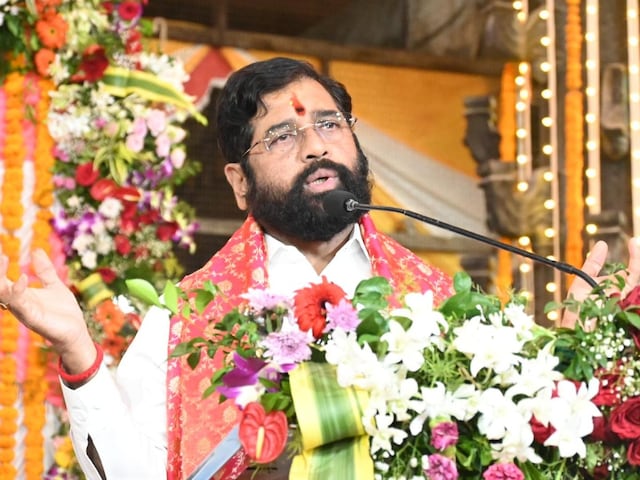
Demystifying Your Tamil Nadu Electricity Bill: A Comprehensive Guide
Ever stared at your Tamil Nadu electricity bill with a sense of confusion? You’re not alone! Understanding electricity bills can feel like deciphering a complex code, especially with varying slabs, charges, and subsidies. But fear not! This comprehensive guide will equip you to navigate the intricacies of your Tamil Nadu electricity bill and potentially save money on your energy consumption.
Understanding the Building Blocks:
Before diving into the specifics of Tamil Nadu electricity bills, let’s establish a solid foundation:
- Fixed Charges: These are monthly fees independent of your electricity usage. They are based on your sanctioned load (maximum power your connection can handle) and meter type (single-phase or three-phase).
- Energy Charges: This is the variable cost directly proportional to your electricity consumption measured in units (kWh). The more units you consume, the higher the energy charges.
- Tariff Slabs: Electricity rates in Tamil Nadu are structured in slabs (tiers). The first slab might offer a lower rate per unit, followed by progressively higher rates for subsequent slabs as your consumption increases. This system incentivizes responsible energy usage.
- Additional Charges: These may include Goods and Services Tax (GST), meter rent, fuel surcharge adjustments, and other applicable fees.
The Tamil Nadu Electricity Landscape:
The Tamil Nadu Generation and Distribution Corporation Limited (TANGEDCO) is responsible for electricity distribution in the state. TANGEDCO periodically revises electricity tariffs, so staying informed is crucial.
TANGEDCO Bill Calculator – Official PageDecoding Your Tamil Nadu Electricity Bill:
Now, let’s delve into the nitty-gritty of your Tamil Nadu electricity bill:
- Consumer Details: This section identifies you as the account holder and includes your consumer number, billing address, and service connection details.
- Billing Period: This specifies the timeframe covered by the bill (e.g., month, bi-monthly).
- Sanctioned Load: This indicates the maximum power your connection can handle (in kW).
- Meter Reading: This shows the current and previous meter readings, allowing you to calculate your total units consumed during the billing period. Formula: Units Consumed = Current Reading – Previous Reading.
- Tariff Details: This section specifies the applicable tariff category (e.g., domestic, commercial, industrial) and the relevant tariff slab rates.
- Energy Charges: This section calculates the energy charges based on your consumption and the applicable slab rates. It will typically show a breakdown of units consumed in each slab and the corresponding cost per unit.
- Fixed Charges: This section displays the fixed charges applicable to your sanctioned load and meter type.
- Additional Charges: This section details any additional charges like GST, meter rent, fuel surcharge adjustments, etc.
- Subsidies: The Tamil Nadu government may offer subsidies on electricity bills for specific categories like agriculture or low-income households. This section will show any applicable subsidies deducted from the total bill amount.
- Total Bill Amount: This is the final amount payable after considering all charges, subsidies, and adjustments.
A Step-by-Step Example (Hypothetical Scenario):
Imagine you live in Chennai and have a single-phase domestic connection with a sanctioned load of 2 kW. Your meter readings for the current and previous months are 4500 units and 4200 units, respectively. Let’s assume the following hypothetical tariff slab rates for domestic consumers in Chennai (as of July 10, 2024, refer to official sources for actual rates):
- Slab 1: Up to 200 units – ₹3 per unit
- Slab 2: 201 – 400 units – ₹4 per unit
- Slab 3: 401 units and above – ₹5 per unit
Calculation:
- Units Consumed: 4500 units (Current Reading) – 4200 units (Previous Reading) = 300 units
- Energy Charges:
- Slab 1: 200 units * ₹3/unit = ₹600 (We assume your consumption falls entirely within Slab 1 for this example)
- Fixed Charges: (Refer to your bill for the specific fixed charge applicable to your sanctioned load)
- Additional Charges: (Refer to your bill for any applicable additional charges)
- Subsidies: (Check your bill for any subsidies you might be eligible for)
- Total Bill Amount: Energy Charges (Slab 1) + Fixed Charges + Additional Charges – Subsidies (if applicable)
Understanding Electricity Consumption:
- Track your usage: Monitor your monthly electricity consumption to understand your habits and identify areas for potential reduction. Most meters have a digital display showing real-time consumption, allowing you to track usage during peak hours.
- Appliance Efficiency: Look for the star rating label when purchasing appliances. Higher star ratings indicate greater energy efficiency, translating to lower electricity bills in the long run.
- Standby Power: Many appliances consume a small amount of electricity even when switched off but plugged in. Consider using power strips with on/off switches to eliminate standby power drain.
- Peak Hour Charges: Some DISCOMs have time-of-day tariffs with higher rates during peak usage hours (typically evenings). Shifting non-essential activities to off-peak hours can help save money.
TANGEDCO Resources:
- Official Website: https://www.tnebnet.org/awp/login?locale=ta provides information on tariffs, online bill payment, and consumer services.
- Bill Payment Options: TANGEDCO offers various bill payment options, including online portals, mobile apps, and designated centers. Explore their website for details.
- Consumer Grievance Redressal: If you face any issues with your bill or service, TANGEDCO provides a grievance redressal mechanism. Information on filing complaints can be found on their website.
Subsidy Schemes:
The Tamil Nadu government offers electricity subsidies for specific categories. Explore TANGEDCO’s website or contact them to determine your eligibility for any applicable subsidy programs.
Disclaimer:
Electricity tariffs and subsidy schemes are subject to change. Always refer to the official TANGEDCO website for the most up-to-date information.













